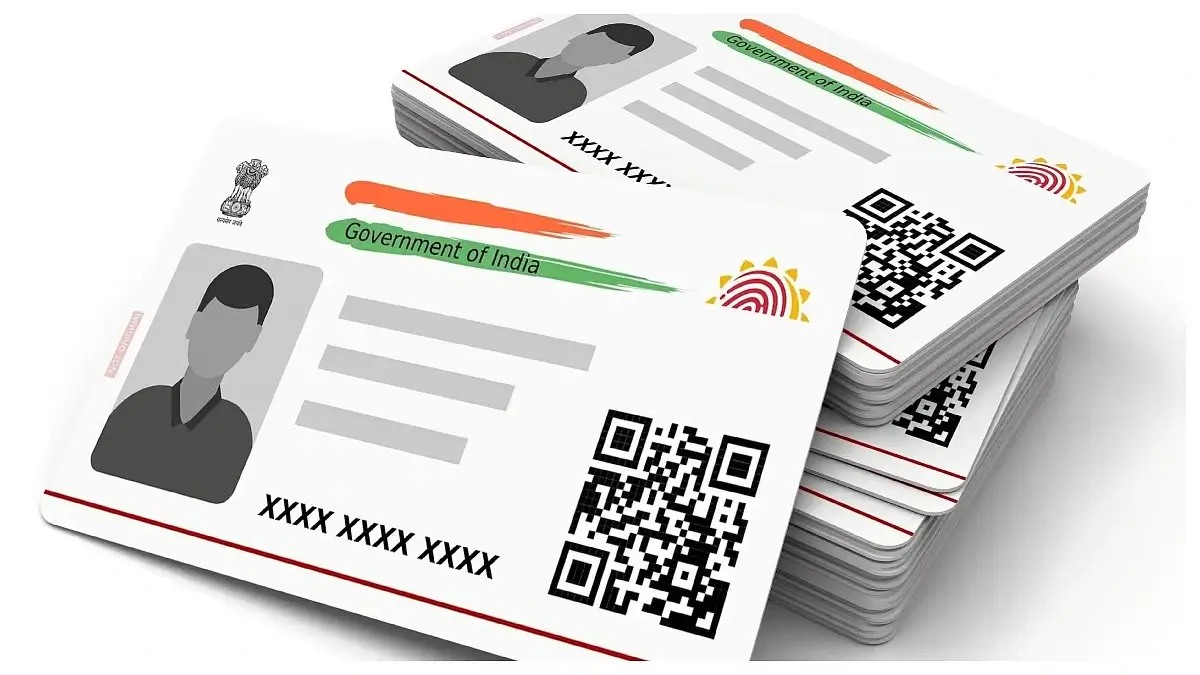The process to get an Aadhaar card for adults in India is set to become much tougher. The Unique Identification Authority of India (UIDAI) is introducing new measures to make sure only genuine Indian citizens can get the 12-digit unique identification number. This move comes after concerns about illegal immigrants and fake documents being used to obtain Aadhaar in the past. Now, the government wants to ensure that Aadhaar remains a reliable proof of identity for all residents.
UIDAI is planning to use online databases of official documents such as passports, PAN cards, ration cards, birth certificates, and matriculation certificates to verify the identity of applicants. This means that when an adult applies for a new Aadhaar or wants to update existing details, the information provided will be checked directly against these government records. This step is expected to make it very difficult for anyone to get an Aadhaar card using fake or forged documents.
Changes in the Enrolment Process
Earlier, adults could enrol for Aadhaar by submitting basic documents at an enrolment centre. Now, the process will involve a second layer of verification, where the data will be cross-checked with other government databases. The onus of verifying the credentials of applicants has also shifted to state authorities. Aadhaar will only be issued after all documents are authenticated through a special state portal.
For those updating their Aadhaar details, most changes—like name, address, date of birth, and mobile number—will soon be possible online. However, biometric updates such as fingerprints and iris scans will still require a physical visit to an Aadhaar centre. UIDAI is also working on a new mobile app that will allow people to manage their Aadhaar digitally, including sharing a QR code-based version instead of photocopies, which is expected to reduce fraud.
To confirm the identity and address of applicants, UIDAI will automatically pull information from linked databases, including PAN, passport, ration card, driving licence, and even electricity bills. This will reduce the need for applicants to upload or submit multiple documents, making the process smoother for genuine residents but tougher for those attempting fraud.
A major change is that each individual will now be allowed to have only one Aadhaar number. If someone has multiple Aadhaar cards, only the earliest one with biometric data will be kept, and the rest will be cancelled. This aims to stop duplication and ensure a unified identity system across the country.
Why These Changes?
The government has brought in these changes to address growing concerns about the misuse of fake documents and the risk of illegal immigrants obtaining Aadhaar. Over the years, there have been instances where fraudulent paperwork was used to secure Aadhaar numbers, raising questions about the integrity of the system. With more than 140 crore Aadhaar numbers issued, the authorities want to ensure that only genuine residents receive this crucial identity number.
Officials have clarified that Aadhaar is meant to serve as proof of identity, not citizenship. However, the widespread use of Aadhaar for accessing welfare schemes, banking, and public services means that its misuse can have serious implications. By tapping into multiple government databases and introducing stricter checks, the government aims to strengthen Aadhaar’s credibility and prevent its exploitation for illegal activities or unauthorised benefits.
Stricter Norms Likely to Hit Migrant Workers Hard
The tougher enrolment norms are expected to create new hurdles for migrant workers, who often lack stable housing and formal documentation. Many migrants do not possess documents like passports, PAN cards, or utility bills in their own name, especially at their place of work. The requirement for direct verification against official databases means that those without such records may find it extremely difficult to enrol for Aadhaar or update their details.
Migrant workers frequently move between states and cities, rarely having a permanent address or the necessary paperwork to prove residency. Landlords may be unwilling to provide address proof, and many migrants live in informal settlements where official documents are hard to come by. As a result, the new system could exclude genuine residents from accessing Aadhaar, which is increasingly linked to welfare schemes, banking, and public services.
The more complex process may also force migrants to rely on middlemen, increasing their financial burden and the risk of exploitation. Without targeted support or simplified procedures for mobile populations, stricter Aadhaar rules risk making it harder for millions of migrant workers to secure their rights and access essential government benefits.


